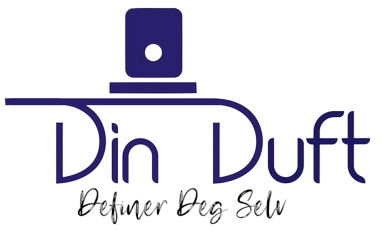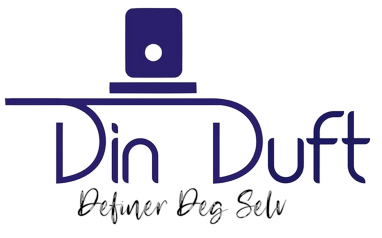Breaking the Breed Barrier: Unconventional Pets in Modeling
Traditionally, when thinking of pets in advertising, the usual suspects usually embrace well-groomed Labradors, fluffy Persians, or elegant Siamese cats. Nonetheless, latest trends have showcased a different array of animals, stepping far outside these typical boundaries. From reptiles and rodents to birds and even cattle, unconventional pets are now starring in major campaigns, challenging the norms of what a pet model looks like.
One of many primary drivers of this shift is the rising movement towards authenticity and relatability in media. Consumers more and more prefer marketing that displays a broader spectrum of the real world, which includes a numerous range of pet companions. This shift is clear in campaigns like the one from a popular outdoor brand that featured a bearded dragon perched on a flannel-clad model’s shoulder, each gazing into the sunset. The message was clear: adventure is for everybody, regardless of the pet you choose to take along.
The impact of social media cannot be understated in this trend. Platforms like Instagram and TikTok have democratized fame; pets that had been once deemed as “unique” or uncommon have gathered massive followings, translating into commercial appeal. For example, a capybara named Joe has develop into a sensation on-line, leading to its characteristic in a swimsuit campaign, charming viewers with its sudden but undeniable charisma.
Marketing experts argue that the usage of unconventional pets may also faucet into niche markets, creating more personalized connections with audiences. For example, a brand specializing in hypoallergenic products would possibly select to function less common, hypoallergenic pets like hairless cats or sure reptile species, directly interesting to consumers who admire these particular attributes.
The inclusion of such diverse animal models also has a more prodiscovered societal impact. It promotes the concept that all creatures are worthy of affection and attention, which can drive more interest towards animal adoption and welfare, especially for those species which can be less commonly kept as pets. This was highlighted in a campaign by an animal welfare organization that used a series of portraits featuring less traditional pets, together with ferrets and pot-bellied pigs, to lift awareness about their plight and encourage adoptions.
Fashion insiders also note that this trend has sparked creativity among designers and photographers. Unconventional animal models require modern approaches to shoots, from adapting environments that accommodate a tortoise’s sluggish tempo to capturing the dynamic movement of a squirrel. This has pushed professionals in the business to think outside the box and develop new skills, ultimately enriching the inventive landscape.
Critics, however, caution concerning the welfare of these animals, stressing the significance of ethical treatment and appropriate settings that respect their natural behaviors and needs. It’s essential that the attract of uniqueness doesn’t compromise the well-being of those animal models.
As we look towards the longer term, it’s clear that the trend of utilizing unconventional pets in modeling is more than just a passing novelty. It’s a significant part of a broader shift towards inclusivity and diversity in advertising—a reminder that beauty is available in many forms and that everybody, irrespective of how scaled, feathered, or furry, has their own distinctive appeal. This movement not only celebrates the unconventional but in addition opens up new avenues for engagement, creativity, and conversation within the modeling and advertising industries.
If you have just about any queries with regards to where by and the way to work with 動物プロダクション, it is possible to contact us from our site.


No Comments